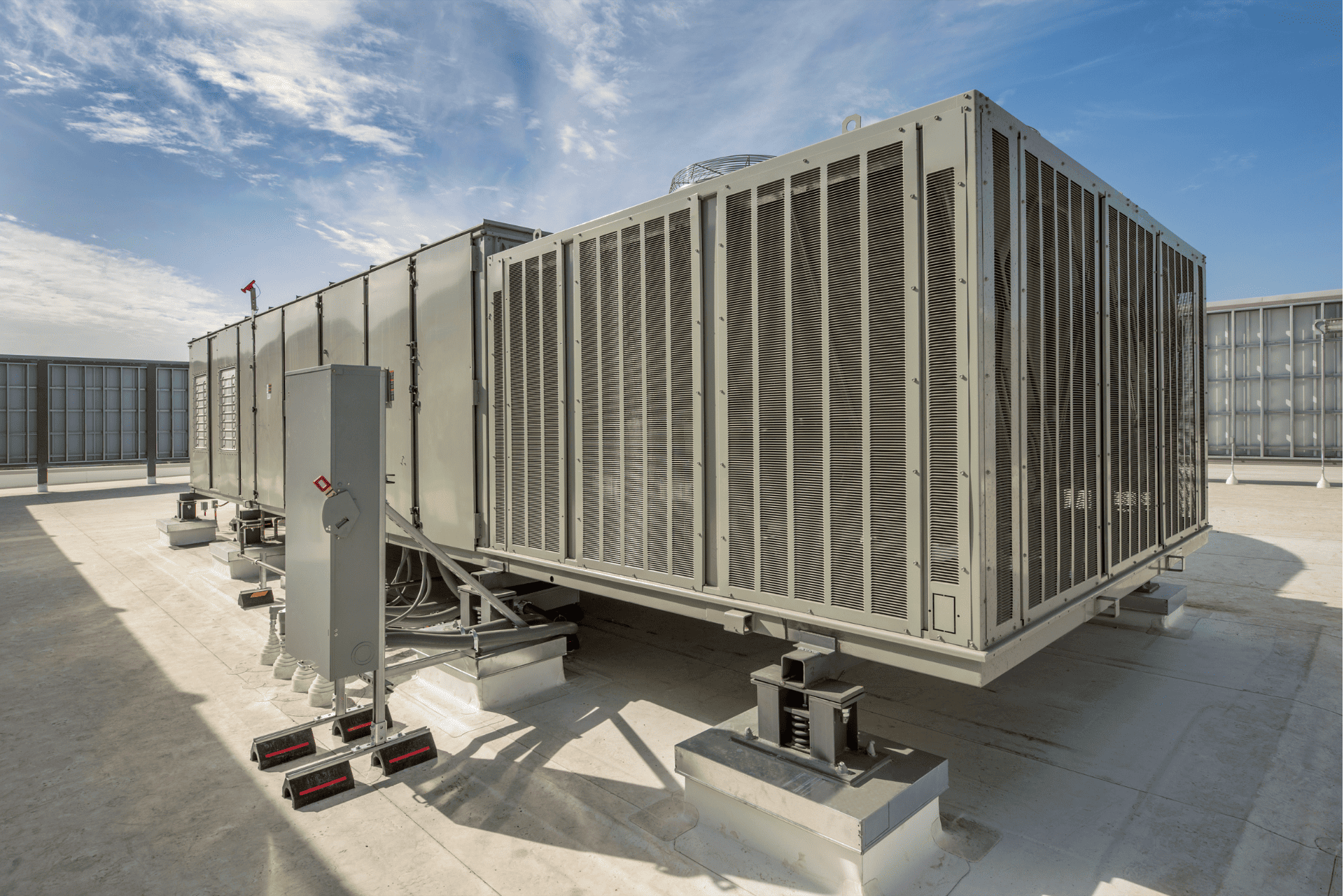
Energy costs can make up a significant portion of operating expenses in a commercial building. While many organizations focus on low-hanging fruit like lighting retrofits or thermostat adjustments to save energy, often the HVAC system’s control sequences remain overlooked. However, optimizing these control sequences can unlock a new level of efficiency, comfort, and financial savings. Here’s why having an engineer audit your HVAC control sequences can be a game-changer for your commercial energy costs.
Here are three ways having an engineer optimize your control sequences can save you money on energy expenses.
Identify Inefficiencies and Weak Points
Control sequences dictate how your HVAC system responds to various factors, such as changes in indoor or outdoor temperatures, humidity levels, and occupancy. An engineer specializing in HVAC systems can perform a comprehensive energy audit to identify inefficiencies or weak points in your current control sequences.
For instance, your HVAC system might be set to run at full capacity even when the building is not fully occupied, wasting energy. Or perhaps the heating and cooling systems are competing with each other, causing unnecessary wear and tear on the equipment. An engineer can spot these issues and offer corrective measures, potentially saving you thousands in energy costs.
Customize Control Sequences for Peak Performance
Every commercial building is unique in terms of its design, occupancy, and usage patterns. An engineer can customize your HVAC control sequences to fit these specific needs. This could mean programming the HVAC system to enter a low-power mode during off-hours or optimizing airflows to different parts of the building based on occupancy levels.
Customization ensures that the system is not overworked, which not only reduces energy consumption but also prolongs the life of your HVAC equipment, saving you on both operational and capital expenses.
Validate Savings Through Measurement & Verification (M&V)
After implementing the recommended changes to your HVAC control sequences, it’s essential to validate the results. Engineers often use Measurement and Verification (M&V) techniques to quantify the energy savings achieved. M&V involves collecting pre- and post-implementation data to confirm that the optimized control sequences are delivering the promised efficiency gains and cost reductions.
Without M&V, you may miss out on crucial data that can help you fine-tune your systems further and demonstrate ROI, which is especially important if you’re accountable to stakeholders or governing boards.
Looking To Audit Your Control Sequences?
Investing in an engineering audit for your HVAC control sequences can yield significant benefits. It can help you pinpoint inefficiencies, customize your system for optimal performance, and validate energy savings through rigorous M&V protocols. These steps can collectively translate into substantial reductions in commercial energy costs, proving that sometimes, the key to saving money is a bit more complex than just flicking off a switch.
Our team has a deep understanding of commercial HVAC systems and controls. Contact us today for an audit of your control sequences so you can uncover energy savings opportunities.